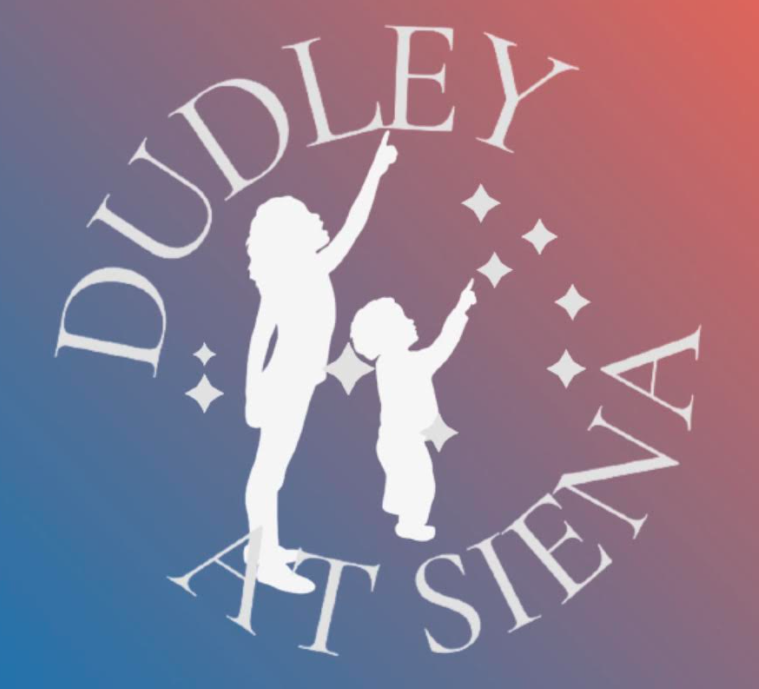Skywatch Line for Wednesday and Thursday, September 17 and 18, 2025, written by Alan French
This is Dudley Observatory’s Skywatch Line for Wednesday and Thursday, September 17 and 18, 2025, written by Alan French.
The Sun rises at 6:38 A.M. on Wednesday and sets at 7:01 P.M. On Thursday it rises at 6:39 A.M. and sets at 6:59 P.M. Thursday lost just over 20 minutes of daylight compared to last Thursday.
The Moon reached last quarter last Sunday morning and is now headed toward new.
Thursday morning before sunrise a slim crescent Moon will be visible in the east. At 5:30 the Moon will be 24 ½ degrees high and an 11 ½% sunlit crescent. Venus will be 12 ½ degrees below the Moon and Regulus just below the Moon.
On Friday morning, the 19th, the slender Moon, less than 6% in sunlight, Venus, and Regulus will form a nice grouping low in the east at 5:30. The Moon will be 13 degrees high, Venus will be ½ degree from the Moon’s limb, and Regulus ½ degree from the Moon. With a nice choice of foreground, they could make a fine photograph. The Moon will be new Sunday afternoon.
The moonless evening skies make this a fine time to explore the sky by eye, especially where the skies are dark and relatively free of light pollution. The Summer Triangle, a large triangle of bright stars is now high in the south at 9:00 P.M., with two of its members essentially overhead.
The lowest member, Altair, the luminary of Aquila, the Eagle, is the lowest of the three, lying 56 degrees above the horizon. Altair, shining at magnitude +0.93, is flanked by two stars, one roughly above and one below. The higher one is the brightest of the two.
Vega, the brightest member of the triangle at magnitude +0.2, is above and to the west (right) of Altair, 34 degrees away, and Deneb, the final member, above and to the east (left) of Altair,38 degrees away. Deneb is magnitude +1.33 and marks the tail of Cygnus, the Swan, and Vega is in Lyra, the Lyre.
The Swan stretches downward, toward the southern horizon, and toward the west from Deneb, with a double star, Albireo, marking the head of the Swan. Albireo is perhaps one of the most observed double stars in the sky, nicely resolved into a pretty pair colored yellow and blue through a telescope.
The Milky Way stretches beautifully up through Aquila, Cygnus, and Lyra under dark skies, and is especially rich in Cygnus. It is fun to explore with binoculars.
